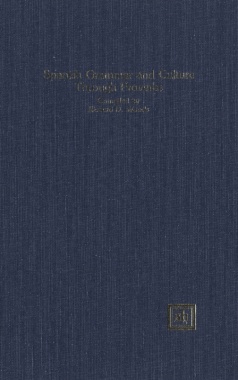

Over 3500 proverbs comprise this collection for teachers and students of Spanish who wish to pursue grammar through the delightful medium of folk wisdom. These maxims, arranged by twenty categories of grammar, are immediately retrievable through a detailed index. Furthermore, a bonus feature is highlighted cognates, that is, words susceptible to instant recognition and exact translation from Spanish to English for easy vocabulary development. "Appreciative of the volume's useful and accessible arrangement, I am compelled to conclude that 'un libro bueno no tiene precio'." -Bart L. Lewis, Scolas Bulletin.